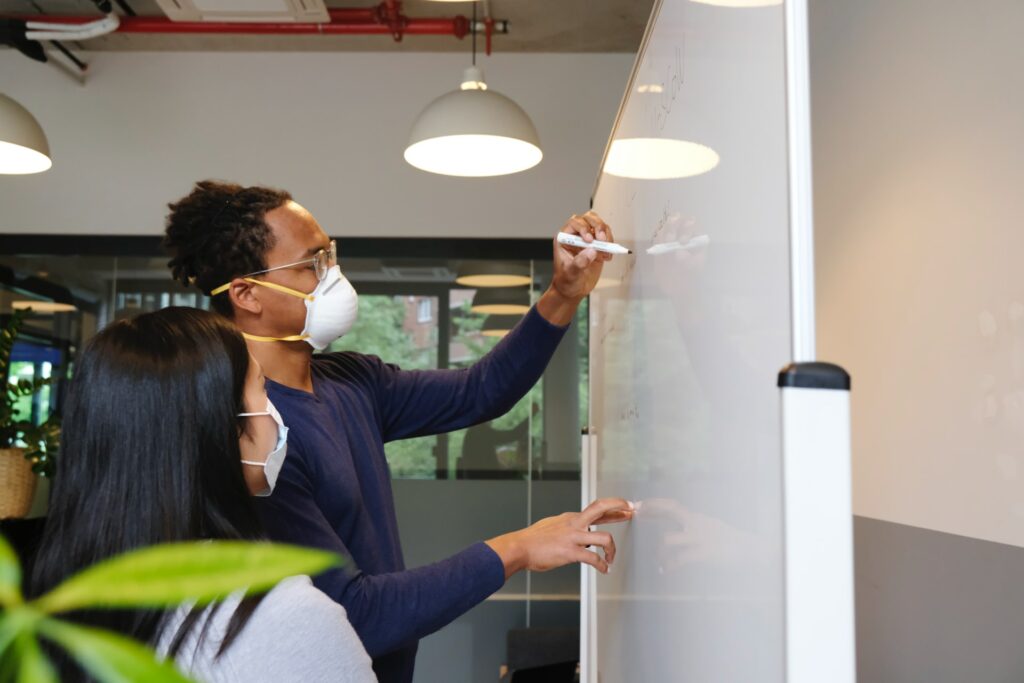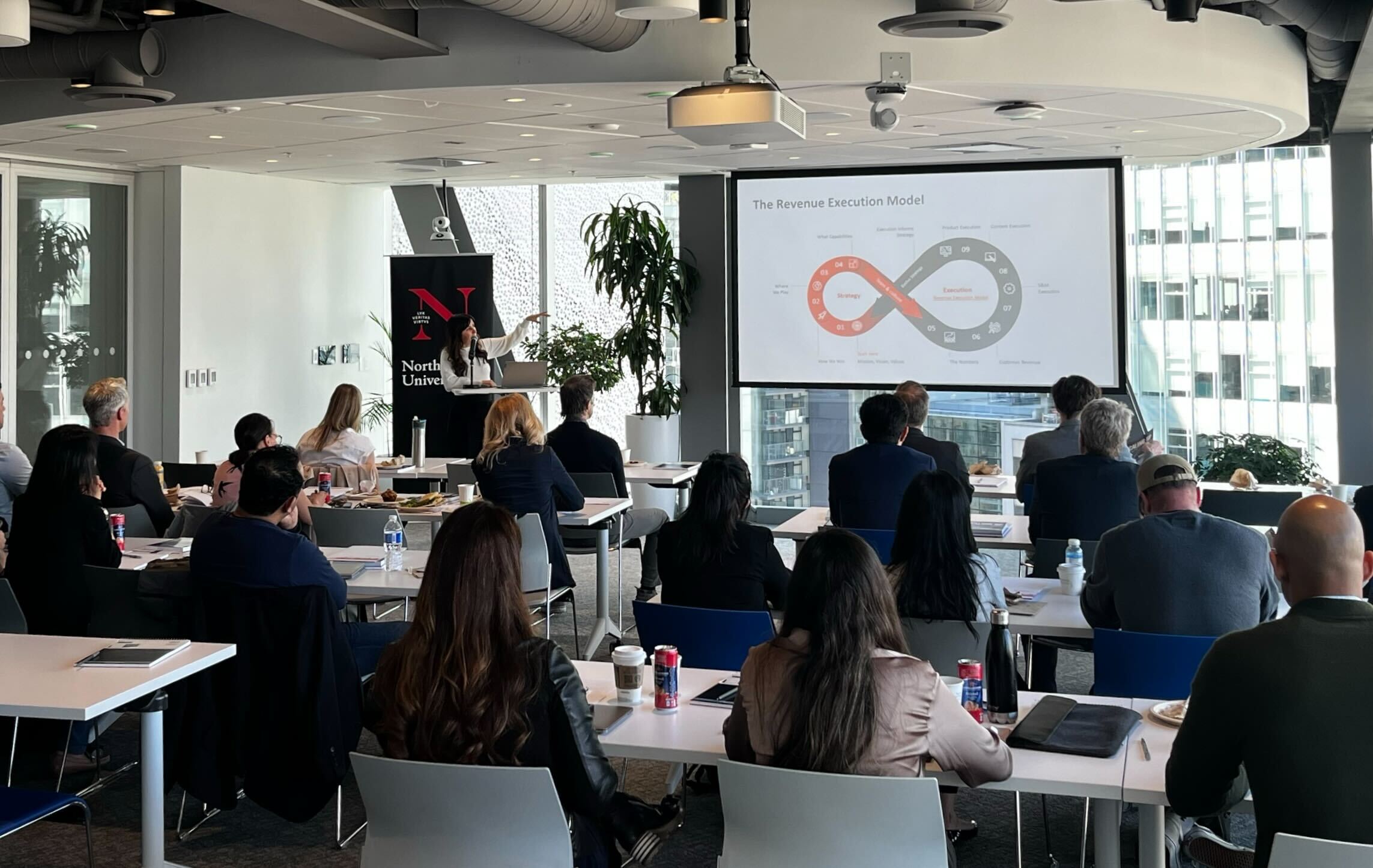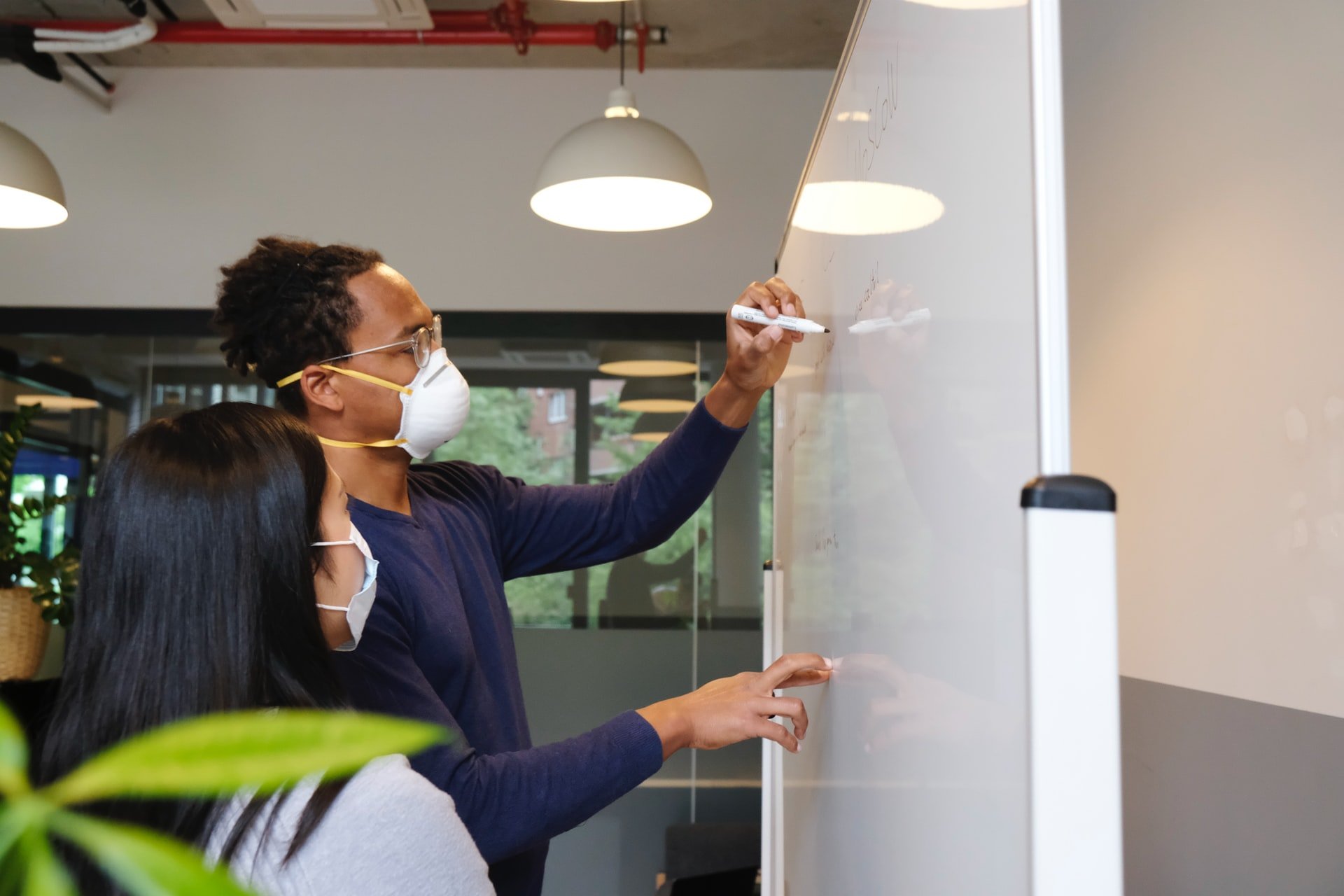Enabling your workforce in the post-pandemic era

In the era of COVID-19, ‘workforce enablement’ has become a red-hot topic for startups around the world. While the concept is often splashed onto career pages and thrown around as buzzwords, taking concrete actions to make employees happier, healthier and more productive has proven to be challenging for business leaders.
Running a fast-growing startup in the post-pandemic world can magnify the challenges of enabling an effective and cohesive team. Over the last 18 months we, as investors, have struggled alongside management teams in figuring out how companies can redefine their identities in this new era of work. Fortunately, and unfortunately, the staying power of this pandemic has given us a chance to test different approaches and learn from the outcomes.
As we edge closer to the end of this pandemic, it is becoming clearer that there will not be a “back to normal”. Nor will there be a one-size-fits-all approach to the way we work. Companies will need to implement their learnings from the pandemic in a way that allows them to create a workplace culture that fits the needs of all employees and stakeholders.
Although every company’s path will be different, we have found commonalities in businesses we have seen that are thriving, despite the difficulties of this pandemic. Founders and management teams in these thriving businesses tend to coalesce around some common philosophies: transparency, flexibility, and antifragility.
1. Transparency
Knowledge circulation is one thing we may have taken for granted in a pre-pandemic world. Whether it was in the conference room or at the water cooler, in-person interactions allowed us to bond with our colleagues and understand the objectives and trajectory of the company.
In a remote-first world, we no longer have that luxury, so management teams need to focus on embedding transparency into the culture. Transparency in a business is not something that happens in a haphazard way, especially in a remote-first world. Management teams that embrace transparency generally see increased efforts across the board, including increasing the frequency of 360 reviews, town hall meetings, Ask-me-Anything symposiums and open office hours. This is especially true when things are not going according to plan.
While celebrating wins comes easily to business leaders, somewhat counterintuitively, sharing the bad news promptly is just as important as sharing those wins. Doing so can unite a team to solve problems and increase the sense of ownership. Conversely, delaying bad news can be patronizing and foster a sense of anxiety for the unknown that could be around the next corner.
2. Flexibility grounded in trust
Old-school industries are taking a prescriptive approach to how they let employees work, and in many cases, this means requiring employees back in the office STAT. Not only will this not work for everyone, but it also creates a significant business risk in a tight labour market.
We are already seeing a vast number of employees ready to leave their employer should they not offer increased flexibility. Therefore, startups must have a structure where people are given autonomy and responsibility to accomplish their tasks. Giving employees the technology and tools to do the work is the easy part, but empowering them is harder. That is why giving employees flexibility must be grounded in trust.
Trust in an organization means employees are given tools and resources to perform their jobs, but are not micro-managed in how deliverables are achieved. To enable this, employee objectives need to be clear. Regardless of the OKRs and KPIs, a strategic framework must be established in order for flexible and autonomous work to be effective.
These frameworks also have the benefit of enabling employers when flexibility is taken for granted. If emails are being left unanswered or deadlines are not being met, leadership is able to follow up and make a change.
3. Antifragile
Prior to the pandemic, “disruption” referred to any external force that was going to fundamentally change how a company operated. The concept of disruption would prompt companies to think about the challenges on the horizon so they could future-proof their businesses.
COVID-19 has obviously accelerated this trend, and it has forced us to think beyond resiliency and toward antifragility. Resiliency is staying robust in the face of uncertainty, while antifragility means being able to thrive as a result of disruption.
An antifragile mentality will result in management teams continuously strategizing and obsessing over how their business will thrive in times of market volatility. In the case of enterprise software, an antifragility business model can mean embedding your solution into critical systems and data infrastructure – making your product or service a must-have versus a nice-to-have. In healthtech, this can mean better enabling healthcare providers with tools that allow them to treat patients wherever, whenever.
Antifragility also relates to the internal processes and systems that a business relies upon for its operations. Digital infrastructure that is contained within bytes and bits is inherently more antifragile than analog systems. Digitization needs to start from the inside of every organization.
However, sudden digital transformation can also create complexity and grind productivity to a halt. For this reason, leaders must pay attention to their internal processes in order to remain antifragile, while balancing the needs of today and the needs of tomorrow.
Conclusion
At Pender, we understand that workforce enablement is not just about avoiding volatility, it is about thriving in the face of that volatility.
The companies that are going to come out ahead of the pack are the ones that pay special attention to curating a productive business environment. Having a strong culture is essential in this regard, but actually creating that culture can seem like a Herculean task. Fortunately, we have found several philosophies that correlate with outperformance in the face of volatility, and they all tie in under the umbrella of ‘culture’:
- Instill a transparent working environment that actively celebrates wins and openly discusses failures.
- Give employees the flexibility to decide how they work, so long as there is trust.
- Embrace an antifragile mindset as it relates to your business model and internal processes.
Doing these things can make all the difference in having a workforce that is not only enabled to perform at its best, but is empowered to turn external challenges into winning business opportunities.
Back to top ↖


